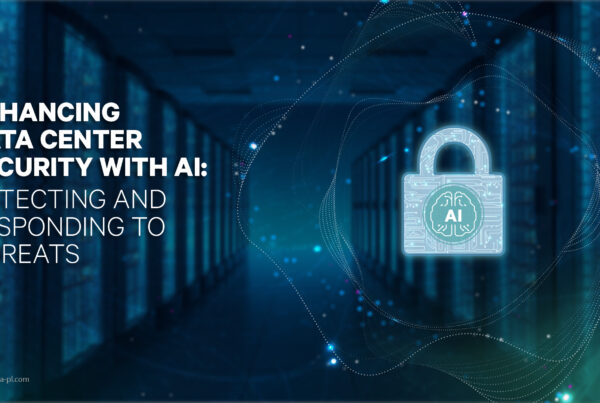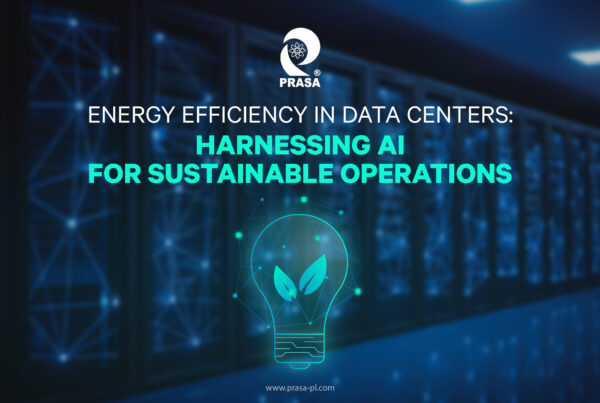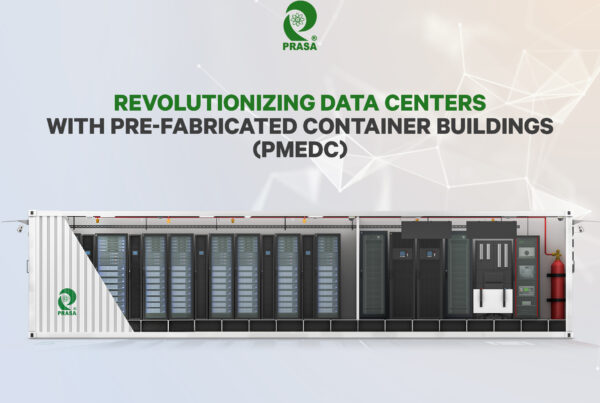Our modern-day lives are overwhelmed with new digital developments. Everyday permeation has expanded from the usage of AR tools like face filters, VR tools like voice assistants to smart IoT devices in all the industry verticals like healthcare, manufacturing, etc. The changes and growth of these devices entail lightning fast speeds and huge volumes of data consumption which cannot be efficiently scaled for real-time processing and security by the cloud.
Edge computing with its distributed approach and local, intelligent processing at the edge enables these developments and helps in the complete realization of these technologies.
Listed below are four salient factors that are pushing the swift adoption of edge computing around the globe.
1. Lower Latency
We are in the age where quotidian activities are dependent on technologies that need to deliver instant results. When it comes to CDN or 5G, they are designed in a way to process closer to the user to minimize latency. The most intense way to do it would be to process it on the device, like Apple’s Face ID.
When the data from these devices is sent to the cloud and back it causes a delay or latency. The cloud has to download the information for every request, process it, and send it back. This latency is anticipated to come down with the adoption of 5G, but the time factor cannot be eliminated until the data processing is brought closer to the end-user. We can reduce the time required in this process, but it will still take some time. The transfer works at the speed of light, which means it travels a meter every nanosecond. We need to process millions of pieces of data requests every second, fetching it from different sources that might possibly be miles away. To achieve the desired result of near-zero latency processing and storage need to be closer to the end-user, which is exactly what edge computing does.
2. Larger Bandwidth
Our dependence on new-gen technologies and devices has not just proliferated the devices being used, but it has exploded the amount of data being generated and processed. To send this data over the network would require much larger bandwidth than currently available. Edge Computing will solve these bandwidth constraints, as the data will be processed at the edge and will not need to be transferred.
3. Higher Computing Capacity
More devices and more data will clearly mean more computing. This requirement of higher computing cannot be met by central data centers due to its sheer volume. The need of the hour is decentralization, for computing and storage. Therefore, edge computing provides intelligent processing near the population centers.
4. Better Security
The data sent to the cloud can be of two types – personal data of users (messages from my mobile or my heart rate from my smartwatch) or data of an organization that can be sensitive and confidential (my organization’s client list or leads). For obvious reasons we want to keep this data private and sending it to cloud is a matter of concern. Storing this data locally will go a long way in keeping this data secure.
The data that goes to the cloud is exposed to two types of risk – firstly, from hackers who target data under transmit where it is prone and secondly, from trading of this data which is very common with the cloud. Edge computing will completely counter this problem and make situations transparent and permission-based.
This is not to say that it is about cloud vs. edge computing. The cloud offers multiple advantages like the option to pay as you go and no need to invest in expensive IT infrastructure. But, our new-gen technologies like artificial intelligence, 5G, and Smart Cities have taken the technology game up a notch. They call for a paradigm shift that provides near-zero latency, high bandwidth, and the potential to support millions of devices, a diversified approach, and a much secure network. Edge Computing is the answer to all these requirements and more.
The market for edge computing is growing leaps and bounds for the simple reason that it overcomes all the disadvantages of the cloud without losing the flexibility provided by the cloud.





